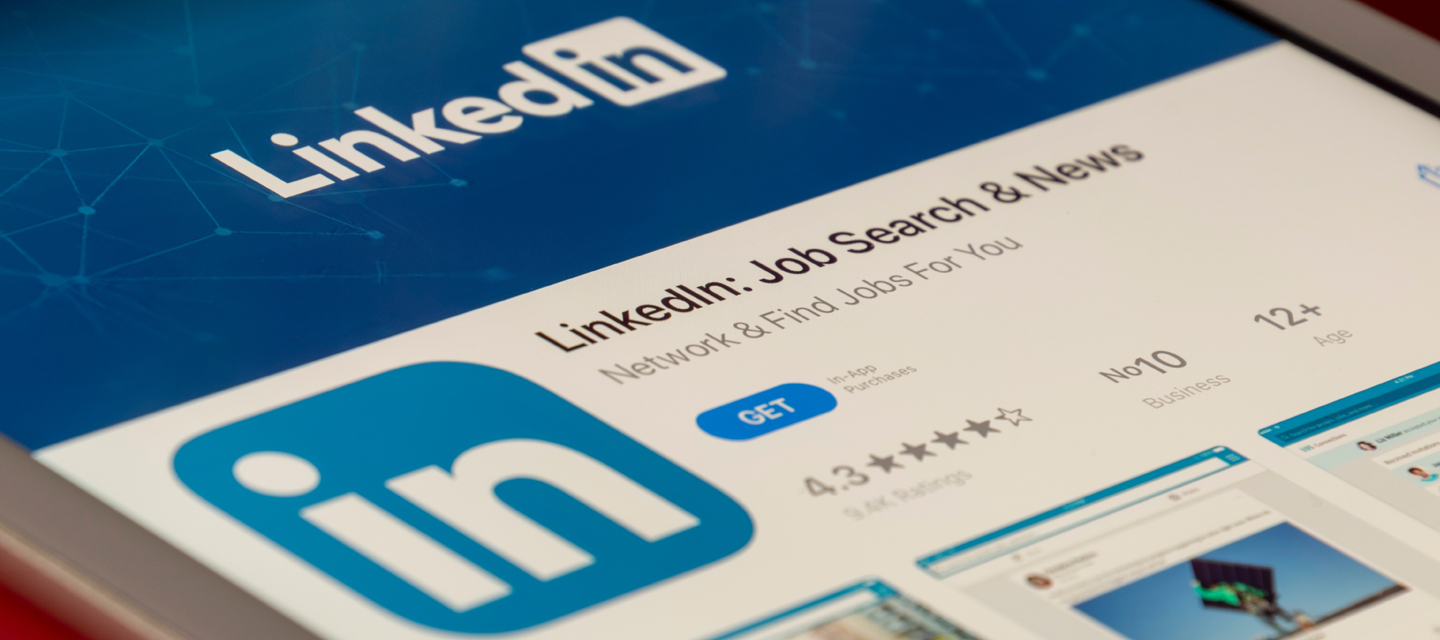Integrating SOC 2 security measures into web design and digital marketing strategies
This article will shed light on why SOC 2 is important and explores how its integration into web design and digital marketing strategies can fortify security and build lasting trust with users.

Cyber security threats are becoming more sophisticated, and protecting sensitive data and fostering user trust are critical challenges for organisations. SOC 2 (Service Organization Control 2) has emerged as a robust framework to address these challenges, providing a comprehensive set of security standards.
Understanding SOC 2
What is SOC 2? Developed by the American Institute of CPAs (AICPA), is a framework specifically crafted to address the multifaceted aspects of data protection security for service providers operating in the cloud. Embedded within SOC 2 are the pivotal answers to the question: What are the 5 trust services criteria for SOC 2? These criteria includes security, availability, processing integrity, confidentiality, and privacy.
By centering its principles around these criteria, SOC 2 provides a flexible and adaptable framework that acknowledges the dynamic nature of cybersecurity threats. This adaptability is crucial in an era where cyber threats constantly evolve, requiring organizations to stay ahead of the curve to effectively safeguard customer data and maintain trust.
Security
SOC 2 emphasizes the need for a holistic approach to security. This includes the implementation of intrusion detection systems, firewalls, and regular security audits. At the same time, fostering a culture of security awareness through continuous employee training ensures that every member of the organization is equipped to identify and respond to potential threats.
Availability
The SOC 2 framework underscores the importance of redundancy and failover mechanisms to minimize downtime during unexpected outages. Organizations are encouraged to regularly test and update their disaster recovery plans, ensuring a swift and effective response to service disruptions.
Processing integrity
Data integrity is paramount in SOC 2. The framework recommends implementing checksums and validation checks in data processing workflows to guarantee the accuracy and completeness of data. Regular audits and monitoring further fortify the organization’s ability to identify and rectify any anomalies in the data processing pipeline architecture.
Confidentiality
While encryption is a cornerstone of confidentiality, SOC 2 delves deeper into access controls. It advocates for the implementation of robust access controls, such as role-based access, to enhance the protection of confidential information. Regularly reviewing and updating access privileges adds an extra layer of defense against potential data security breaches.
Privacy
Compliance with data protection regulations, such as GDPR or CCPA, is integrated into SOC 2’s privacy criteria. This ensures that user privacy rights are not only respected but actively championed. Implementing advanced techniques such as data anonymization techniques and pseudonymization aligns with the evolving landscape of privacy principles.
Integrating SOC 2 in web design
As businesses strive to deliver innovative and secure online platforms, integrate SOC 2 for secure web design becomes a major consideration. Integrating SOC 2 principles in web design not only ensures compliance but also elevates the overall security posture, fostering user trust in an era where digital interactions are at the forefront of every business endeavor.
SSL encryption
Prioritize a user-friendly and intuitive interface that seamlessly integrates SSL encryption without causing confusion. Ensure that the entire website, especially the areas handling sensitive data like financial information, uses HTTPS for secure communication.
Access controls
SOC 2 places a strong emphasis on access controls to prevent unauthorized access to sensitive information. Design an interface that clearly communicates the level of access granted to different user roles.
For example, when creating a web design for CRM credit processing, implementing role-based access controls ensures that only authorized personnel can access and manage credit-related data within the CRM system.
Multi-Factor Authentication (MFA)
Seamlessly integrate MFA into the website login process, providing users with user-friendly options such as biometric authentication to improve the overall experience. Be sure to communicate the importance of MFA through user-friendly prompts and informative messaging.
Data encryption
Design workflows that ensure end-to-end encryption for sensitive data to protect your website against eavesdropping and unauthorized access. Clearly communicate the use of encryption to users and assure them of the security measures in place.
Integrating SOC 2 into digital marketing strategies
SOC 2 offers a comprehensive framework that extends beyond traditional IT landscapes to encompass the intricacies of data privacy, confidentiality, and overall security. It plays a pivotal role in shaping digital marketing campaigns that not only captivate audiences but also prioritize the protection of sensitive user information.
Consider, for example, the evaluation of SOC 2 security monitoring platforms in the context of a digital marketing campaign. Just as marketers meticulously assess and choose the most effective tools to monitor campaign performance, SOC 2 compliance for marketing campaigns demands a similar level of scrutiny when it comes to selecting security monitoring platforms. These platforms play a crucial role in ensuring the real-time detection and response to potential security threats, ensuring that your digital marketing strategies can go off without a hitch.
Transparent privacy policies
Regularly updating privacy policies to reflect changes in data processing practices ensures transparency. Providing easily accessible privacy policy links in marketing communications builds trust and demonstrates commitment.
Secure landing pages
Implement cohesive design elements and messaging across all digital marketing channels to create a unified and secure brand experience. Ensure that landing pages, advertisements, and content align with the overall web design standards.
SSL encryption should extend to landing pages to build a consistent and secure user experience. Regularly scanning landing pages for vulnerabilities and addressing any security issues promptly is crucial.
Data handling compliance
Conducting regular assessments of marketing tools and platforms for SOC 2 compliance ensures a cohesive and secure data flow. Integrating SOC 2 principles into marketing automation processes enhances the overall compliance posture.
Third-Party vendor assessment
Periodically evaluating the security measures of third-party vendors involved in digital marketing activities mitigates the risk of supply chain attacks. Collaborating with vendors who prioritize SOC 2 compliance contributes to a more secure ecosystem.
The bottom line
Integrating SOC 2 in web design and digital marketing strategies is not merely a compliance requirement but a strategic approach to building trust in the digital realm. With these measures in place, organizations can create a resilient and secure infrastructure that protects user data and fosters a sense of confidence among their user base.
For more information on implementing secure web design practices or to find out more about our Web Design services in general, please contact us today.
More insights from the team


